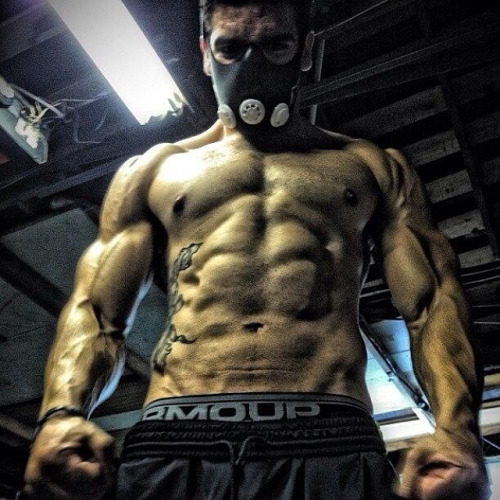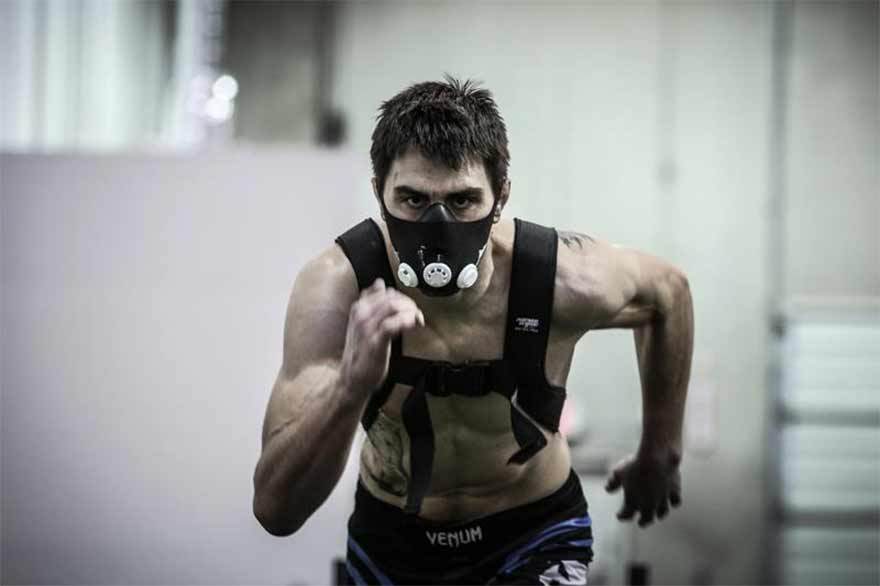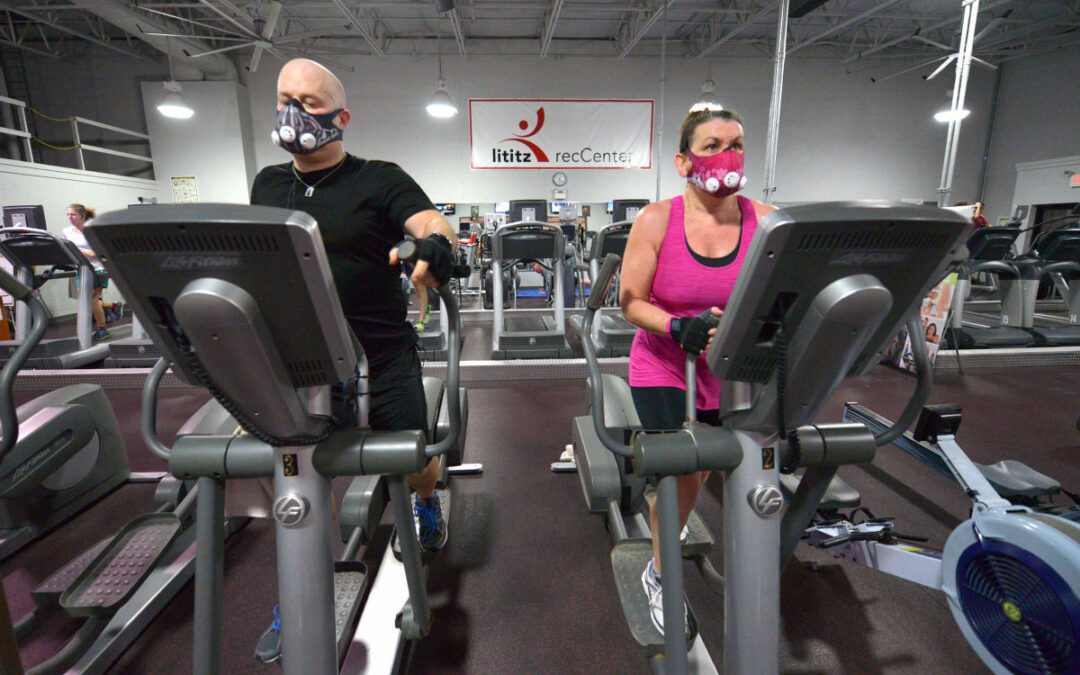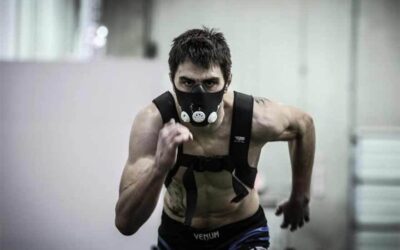Most athletes understand that when you hear somebody say they want to lose weight they actually mean, lose fat while keeping or building muscle mass. If fat loss I your goal and you don’t have the time to spend hours on your cardio training, you are on the right page.
In this post we are going show you why high intensity training is one of the best way of getting rid of extra fat and how the Training Mask can accelerate the fat loss process even more. This way of training will give you the best bang for your buck in the gym.
What Is High Intensity Training?
All physical activity that makes your heart rate go over 80% it’s maximum output could be considered high intensity. When performing these kind of exercises your metabolic rate reaches peak levels and the amounts of calories you are burning is sky high. This is an over simplified explanation, but it is good for our purposes.
If you want to get more scientific about what is considered high intensity training we need to talk about VO2max, which is one of the key indicators of your endurance level and of your cardiovascular fitness. VO2max (or maximum oxygen consumption) represents our body’s ability to transport and use oxygen.
As per the results of many studies, such as this one, in order to reach the maximum rate of fat burn you will need to reach 80% up to 100% of your VO2max when you are working out. But since you don’t always have a machine connected to you which measures your VO2 max, let’s make things more practical.
You will know you are in the ‘sweet spot’ when you are not able to take in as much air as you would like to. High intensity training should not feel comfortable.
Here is why high intensity training is optimal for fat loss.
#1 It Increases Insulin Sensitivity
Insulin is a very important hormone which is mainly responsible for transporting the nutrients from the food we eat and digest to the cells by utilizing the blood stream. Insulin level increases when we eat and then decreases after the nutrients are delivered to the destination.
But insulin has another role which athletes are not very happy with – it instructs the body to store fat. On top of that, high insulin levels will prevent the body using fat as an energy source. So when you are high on insulin you can’t burn fat.
Luckily for us, high intensity training can actually increase our body’s sensitivity to insulin which means we will not need so much of it. Less insulin ultimately means, more time spent in fat burning mode which is a good thing for people looking to get toned.
#2 After Burn Effect
High intensity workouts will continue to burn calories (and fat) for several hours after you finished your training. The only thing you need to do is to train hard enough. By engaging in high intensity activities you will put your body in an oxygen deficit state during your workout.
This is when EPOC comes into the picture. Exercise post oxygen consumption will put your metabolism to work, mainly to restore the oxygen level inside your body, but also to fill up again the glycogen stores inside the liver and to restore the energy balance. All this happens by burning stored fat.
You only benefit from EPOC if you are training at a high intensity level. A simple and effective way to add more intensity to your workout without changing up your routine is to use the Training Mask. Depending on how difficult your normal training regimen is, you will need to select an easier or harder air resistance setting.
#3 Higher Caloric Deficit
Any high intensity training will put you in a more aggressive caloric deficit. After all, fat loss is all down to calories in versus calories out. It is simple physics, or thermodynamics to be more specific.
Here is an interesting study to support this understanding.
Twenty athletes (both males and females) were divided into 2 groups. The 1st group was doing a HIIT type of training consisting of 4 to 6 30-second treadmill sprints (with 4 to 6 minutes of rest in between each) and the 2nd group was doing a low intensity, but longer cardio training – 30 to 60 minutes of treadmill. The results showed that the 1st group lost more fat that the 2nd group.
So, if you train hard enough, even if it is for significantly shorter periods of time, you can lose more fat than if you would train at a low or moderate intensity.











